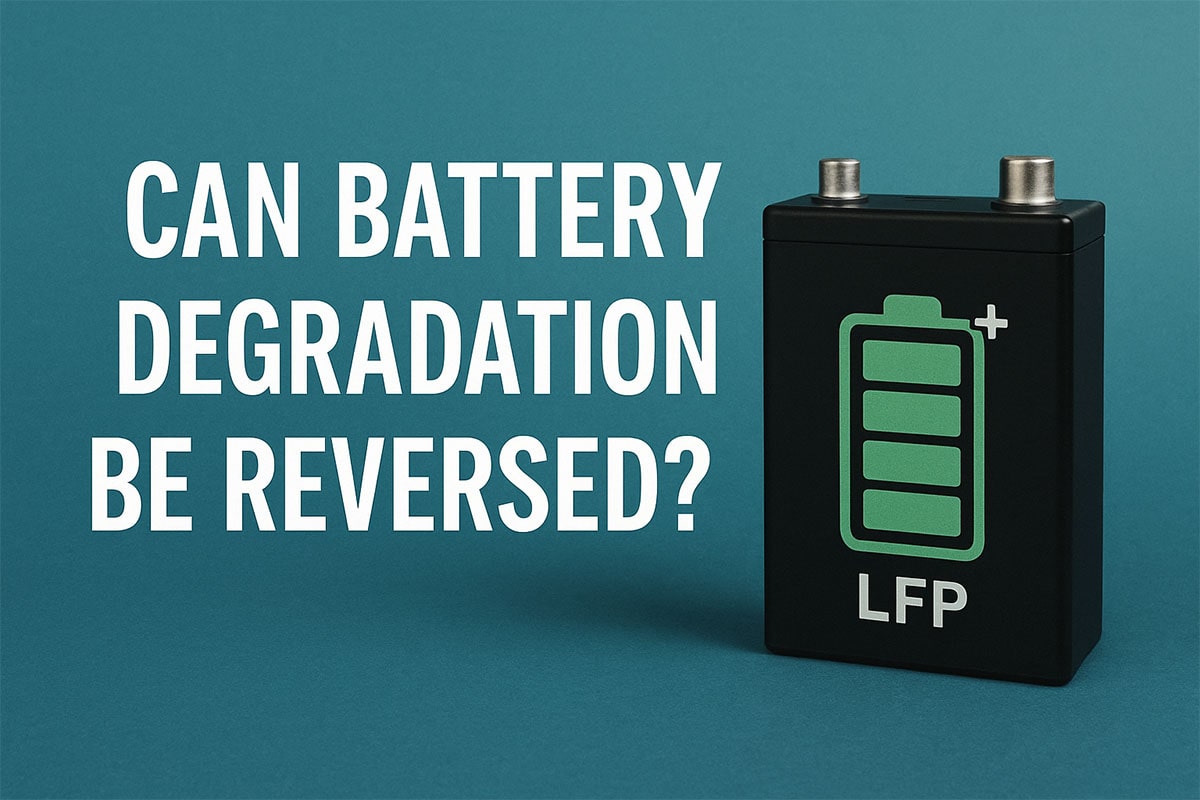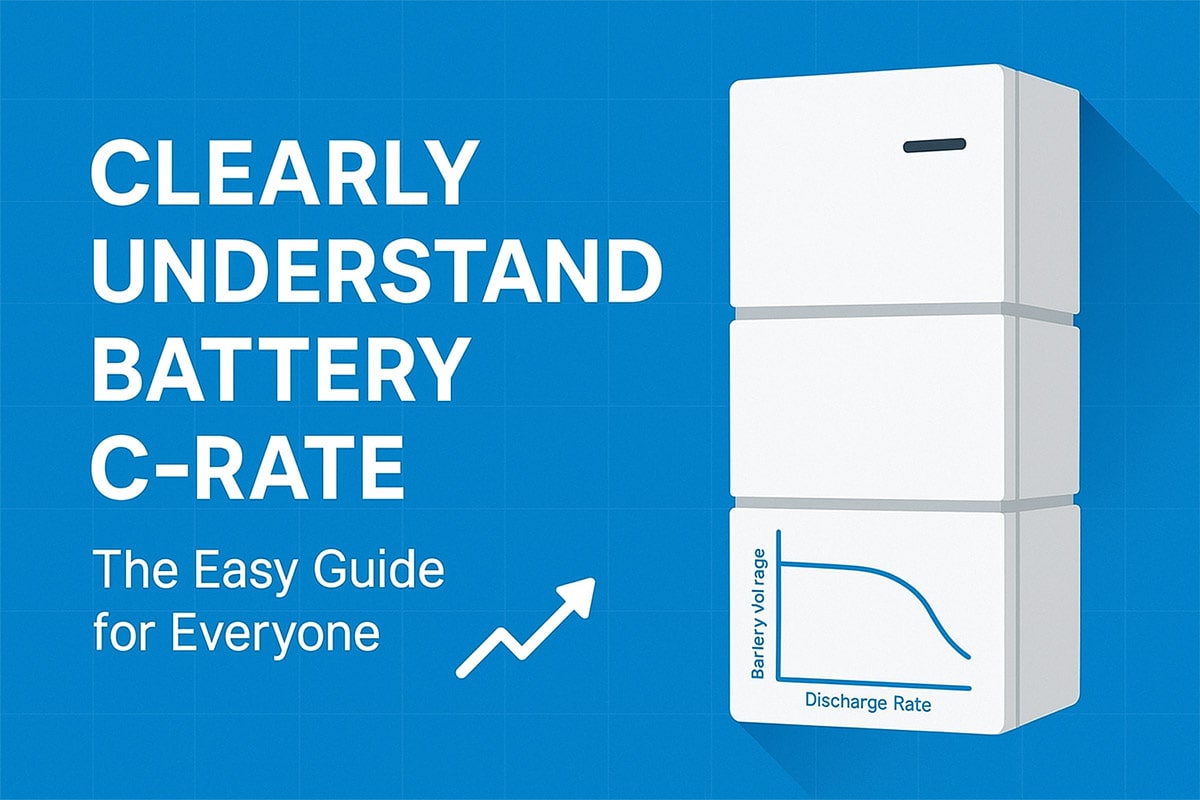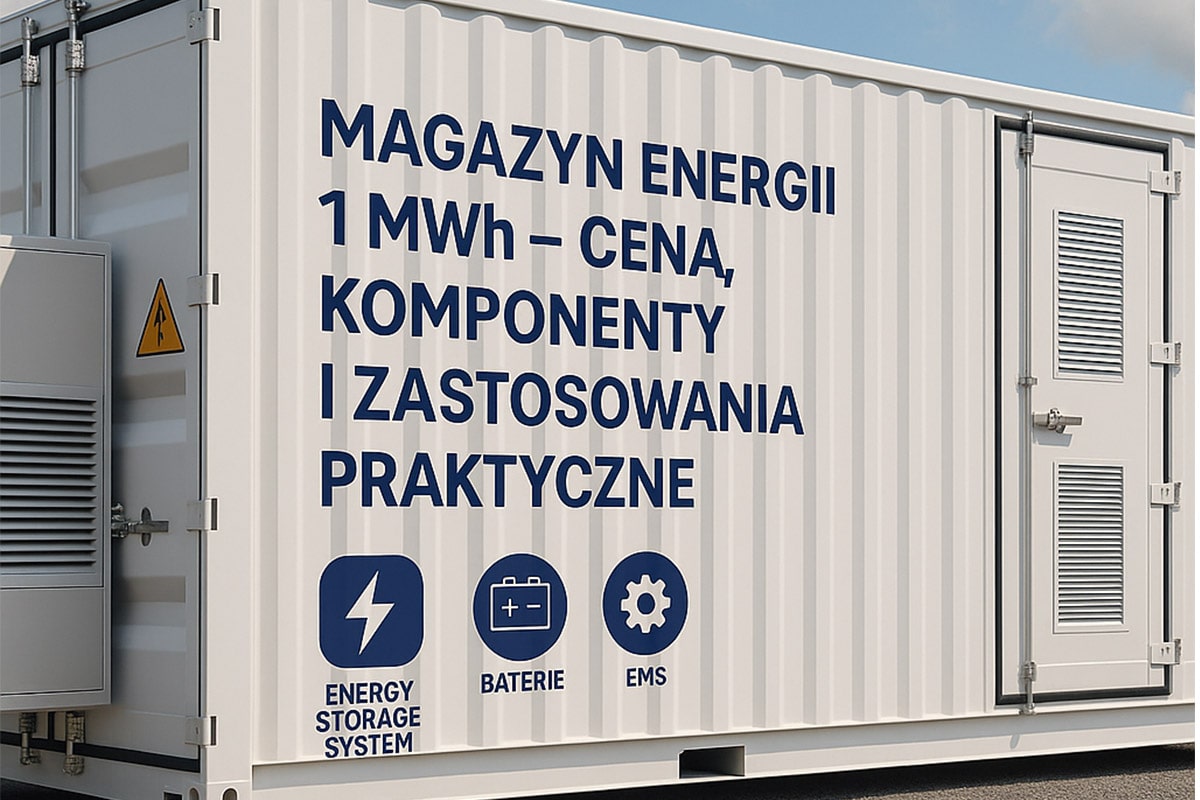Inverter Industry Development Trend Analysis In the Future
Inverter Industry Development Trend Analysis In the Future
With the development of society, the advancement of electronic technology and the improvement of the control characteristics of inverter control in various fields, the inverter has also made rapid progress. At this stage, the future trend of inverters is mainly:
1. String inverters become mainstream
The string-type intelligent solution is efficient, high availability, and multi-channel MPPT, which brings higher power generation. At the same time, it has no wearing parts and no fuse design, which greatly reduces the initial investment and operating costs, and increases system reliability and system BOS costs. Save 4.5 cents per watt.
2. 1500V has become the mainstream of the industry
From the perspective of the system, the 1500V system, which combines cost reduction and efficiency increase, has gradually become the mainstream solution for large-scale ground power stations, especially emerging markets such as India, Middle East Africa, and Latin America have fully switched to 1500V systems. Compared with 1100V, 1500V system greatly reduces equipment cost, cable cost and construction cost with higher voltage and longer string length, and the system BOS cost is reduced by at least 5 points per watt. The global low electricity price and unsubsidized photovoltaic projects are all designed with 1500V scheme. According to statistics, the global 1500V shipments of large-scale ground scenarios in 2018 have exceeded 62% (except China). Since 2011, after 7 years of concept period, new product period, and verification period, 1500V equipment including inverters has been shipped on a large scale in 2018, becoming the first choice for large-scale ground power plants to achieve parity.
3. Double-sided + tracking + string inverter
With the popularization and application of bifacial modules and tracking bracket systems, it is inevitable to upgrade the matching bifacial inverters. The double-sided tracking smart inverter reduces the string mismatch loss on the one hand, and integrates tracking bracket control, power supply, and communication management on the other hand, which can greatly increase the power generation of the system.


4. Optical storage system
The importance of energy storage for large-scale grid connection of new energy sources such as photovoltaics is self-evident. Despite the constraints of cost, the industrialization of optical storage is still in the stage of demonstration effect and subsidy-driven development, but the pace of marketization is accelerating. The application of the optical storage system further drives the evolution of the inverter to the power station energy management center.
5. Distributed active security protection
There is no doubt that all the value of photovoltaic power plants are built on “safety”. Inverters equipped with DC arc detection, rapid component shutdown and protection skills have transformed the safety protection of photovoltaic power plants from passive to active.
6.Digital and Intelligent
AI-enabled photovoltaic industry In the process of rapid development of the photovoltaic industry, the effect of traditional cost reduction and efficiency enhancement methods is approaching the limit, and the digital transformation of the photovoltaic industry has become the general trend. In the future, the photovoltaic industry will be built on the basis of digitization. With the continuous development of related technologies such as big data, cloud computing, Internet of Things, and mobile Internet, requirements such as management visualization and efficient operation and maintenance will be realized.
Here are other trends to consider:
1.Development of renewable energy sources: With the increasing emphasis on renewable energy, the inverter industry is expected to continue to grow. Inverters are needed to convert the DC power generated by solar, wind, and other renewable energy sources into AC power for use in the grid.
2.Technological advances: The inverter industry is also expected to continue to benefit from technological advancements, such as the development of high-efficiency and high-power-density inverters. In addition, digitalization and automation are expected to bring further improvements in inverter efficiency, performance, and reliability.
3.Energy storage integration: Energy storage systems are increasingly being integrated with inverters to create hybrid energy systems. This trend is expected to continue as energy storage becomes more cost-effective and as the demand for grid stability and reliability increases.
4.Growth of smart grid technologies: Smart grid technologies are expected to grow in importance, and inverters will play a critical role in this area. Inverters can provide grid support functions such as voltage regulation, frequency regulation, and power factor correction, which are critical for grid stability and efficiency.
5.Electrification of transportation: As the electrification of transportation continues to grow, inverters will be needed to convert DC power from vehicle batteries into AC power for charging and for feeding back into the grid.
In summary, the inverter industry is expected to continue its strong growth trend in the future, driven by the increasing demand for renewable energy, energy storage, smart grid technologies, and electrification of transportation.













